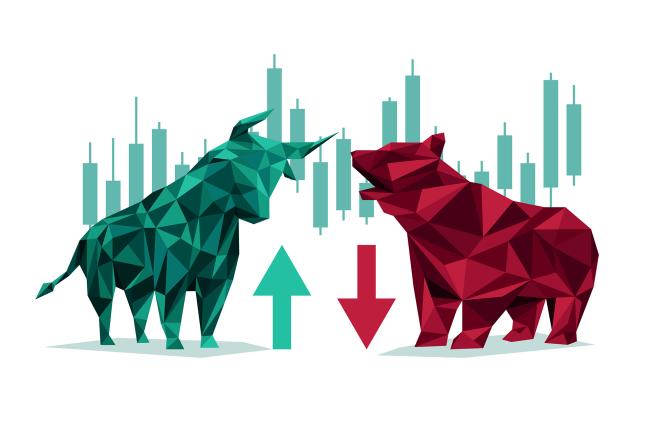The highest average rate of return doesn't necessarily create the highest probability of success in retirement. Especially when investors are withdrawing capital from their investment accounts. Oftentimes, reducing a portfolio's downside risk can increase an investor's probability of long-term success. The randomness of market cycles and the timing of down markets is what makes the probability of success suffer.
Instead of chasing the highest average rate of return, we help clients chase the highest probability of success for their own financial and retirement plans.
In addition to large losses creating mathematical issues, they also create psychological issues that can result in poor investor behavior. Being too aggressive when times are good, and then selling near the bottom when times are tough.
There was a "Man in the Arena" special on ESPN featuring the New England Patriots. Tom Brady was discussing the early part of his career. He referenced something Bill Belichick often said. "The first rule to winning is..... Don't lose the game!". Long-term success in investing, like in football, can be summed up similarly. A large loss can take years to dig out of and undo years' worth of positive gains. If you want to win in the long run, focus on not losing.
10% Loss Needs a 12% Gain to get even
15% Loss Needs an 18% Gain to get even
20% Loss Needs a 25% Gain to get even
25% Loss Needs a 33% Gain to get even
33% Loss Needs a 50% Gain to get even
50% Loss Needs a 100% Gain to get even
66% Loss Needs a 200% Gain to get even
Losses and Gains are Not the Same. The chart below demonstrates the gains rounded to the nearest % needed to offset a loss in a portfolio. If an investor is taking cash flow, the examples below get even more challenging. It is important to remember that during the Financial Crisis, the Dow Jones Index declined over 51% from its peak in October 2007 to its bottom in March 2009. Although it has since recovered, it took many years, and those in or near retirement that needed cash flow were heavily impacted.
In addition to the research put into the investment allocation, and fund selection, we spend time interviewing fund management companies. We have these conversations in a formal setting at least annually, so we can get all of their views on the markets during the same time period. This way, we can compare viewpoints of differing firms in the same time-frame. When we notice common themes across companies, we dig deeper. If these themes fit in the allocation strategy and continue to leave the portfolio efficient mathematically then we can integrate those themes into our model portfolios. An example of this would be our belief that interest rates were going to go up in 2022. Based on this belief, we increased exposure to Floating Rate Bank Loans, Short Duration and Strategic Income Funds, before the Fed began raising interest rates.
We believe in long-term strategic asset allocation. We are not tactical, and we are not market timers. However, we do believe in the value of active management. This way our fund managers can take tactical advantage of dislocations in the markets, with their slice of the pie. Passive Investors talk all the time about the average active money manager not beating their benchmark average. However, they forget to mention that unlike in professional sports, in investing we can all hire perennial all-pros to play on our team. In other words, we utilize money managers that have a long history of providing risk adjusted out-performance. Not all the time, but over long periods of time.



